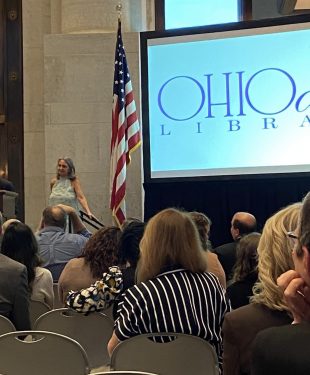By Pedro Mejia
In 1926, a historian by the name of Carter G. Woodson introduced an idea to the United States that would one day grow into the cherished tradition that we now know as Black History Month. Woodson, an African-American historian, author, and founder of the Association for the Study of African American Life and History, wished to see a larger presence of African-American history being taught in a coordinated effort alongside what had become a white-washed version of American history. As a result, an early iteration of what we now celebrate and reflect upon was established: Negro History Week.
Fast forward to present day and February now marks a month long period of celebration and reflection upon one of the United States’ most dynamic histories. Black History Month is a platform where we may not only recognize the heroes of this rich history, such as Abraham Lincoln and Fredrick Douglass, but also some of the lesser known figures who are of equal importance. As we approach this significant celebration, in a year which has been marked by new levels of racial contention, let us become more familiar with the remarkable stories of Kitaw Ejigu and Mae Jemison.
Known for its hot springs, waterfalls, and caves, the natural landscape of Bonga, Ethiopia in 1948 was a vastly different scene than the one Kitaw Ejigu would be working in as Chief of Spacecraft and Satellite Systems for NASA. Bonga was Ejigu’s home until he began higher education, and eventually he graduated as the top student in his class at Bahir Dar Polytechnic Institute in mechanical engineering.
After a brief stint in Japan where he studied automotive engineering on a scholarship, Ejigu moved to the United States and began working at NASA. Truly a self-made man, Ejigu represents a larger pattern of Black excellence in science that goes largely unrecognized. Among his contributions to NASA research centers were two patented aerospace mechanisms, the creation of space shuttles and rockets that contributed to planetary science research, and prominent work during the creation of the Global Positioning System (GPS). For some, the idea that a young boy from Ethiopia, a country that represents the origins of humanity on Earth, would go on to contribute to our race’s desire to explore more than our terrestrial roots, to be citizens of the galaxy, may come as a surprise. But for Kitaw Ejigu, the sky was never the limit; it was the goal.
The 2016 movie “Hidden Figures” introduced the United States to the story of strong and intelligent African-American women who were involved in mathematical calculations at NASA during the space race. The portrayal of Dorothy Vaughan, Mary Jackson, and Katherine Johnson gave young black girls and women role models in a space that is usually occupied by white men. Another important name and role model to reflect upon is Mae Jemison, the first African-American woman to travel in space. Growing up mostly in Chicago, Jemison is said to have always had a connection with outer space. From an early age, Jemison was resistant to the stereotypes and gender roles that frequently made her interest in space seem more like a childish dream than the expectation it always was to her.
Reflecting on her childhood, Jemison has said, “In kindergarten, my teacher asked me what I wanted to be when I grew up, and I told her a scientist. She said, ‘Don’t you mean a nurse?’ Now, there’s nothing wrong with being a nurse, but that’s not what I wanted to be.” Jemison’s strong sense of self awareness and drive allowed her to study at Stanford by the age of 16 where she would earn a Bachelor of Science in chemical engineering as well as a Bachelor of the Arts in African and Afro-American Studies. She then furthered her education by obtaining her Doctor of Medicine degree from Cornell Medical College. It would surely be quite the accomplishment had this been the end of Jemison’s education and career. However, Jemison would end up serving in the Peace Corps serving the populations of Liberia and Sierra Leone, before applying for the astronaut program.
In 1987, Jemison was accepted into the astronaut program, a stunning feat considering the almost 2,000 applications NASA received. In 1992, Jemison spent 190 hours in outer space, conducting experiments on bone cells, weightlessness, and motion sickness, as well as being involved with many other of the 43 investigations occurring on this space flight. Riding on the successes of Vaughan, Jackson, Johnson, Ejigu, and many other untold African American heroes in the space program, Jemison was at center stage, just as she had expected as a child.
In the United States, Black excellence in every profession continues day to day, against racial barriers that unfortunately yet undoubtedly still exist. February, however, is a special time to recognize the powerfully somber, powerfully resilient, and powerfully relevant nature of this history, of which it is our duty to ensure it does not go untold. Together, Kitaw Ejigu and Mae Jemison represent strong black leaders whose accomplishments should serve as reminders of the prevailing drive and passion that is seen throughout Black history. The human race’s efforts and dreams of exploring our place in the universe is an endeavor that reveals an ambition deeply embedded within who we are, and it is difficult to think of a pair of leaders that better demonstrate our propensity to be, and want to be, out of this world.
(Pedro Mejia, AmeriCorps VISTA, Department of Neighborhoods, City of Columbus)


































Leave a Reply
You must be logged in to post a comment.